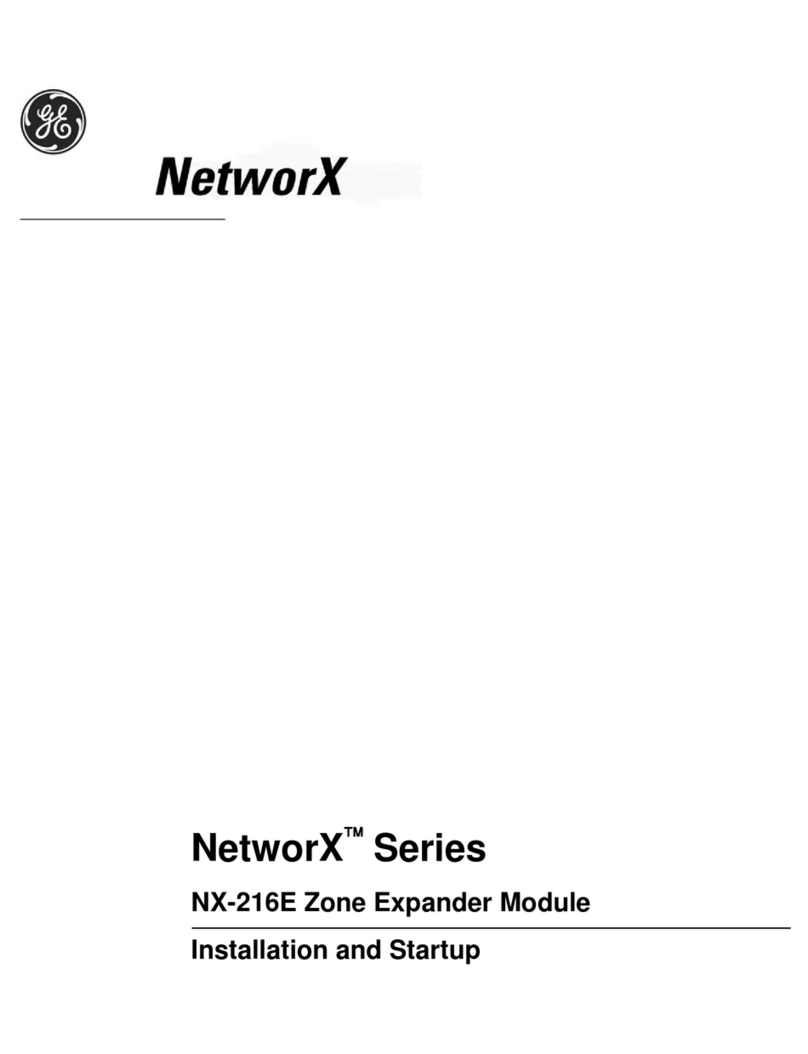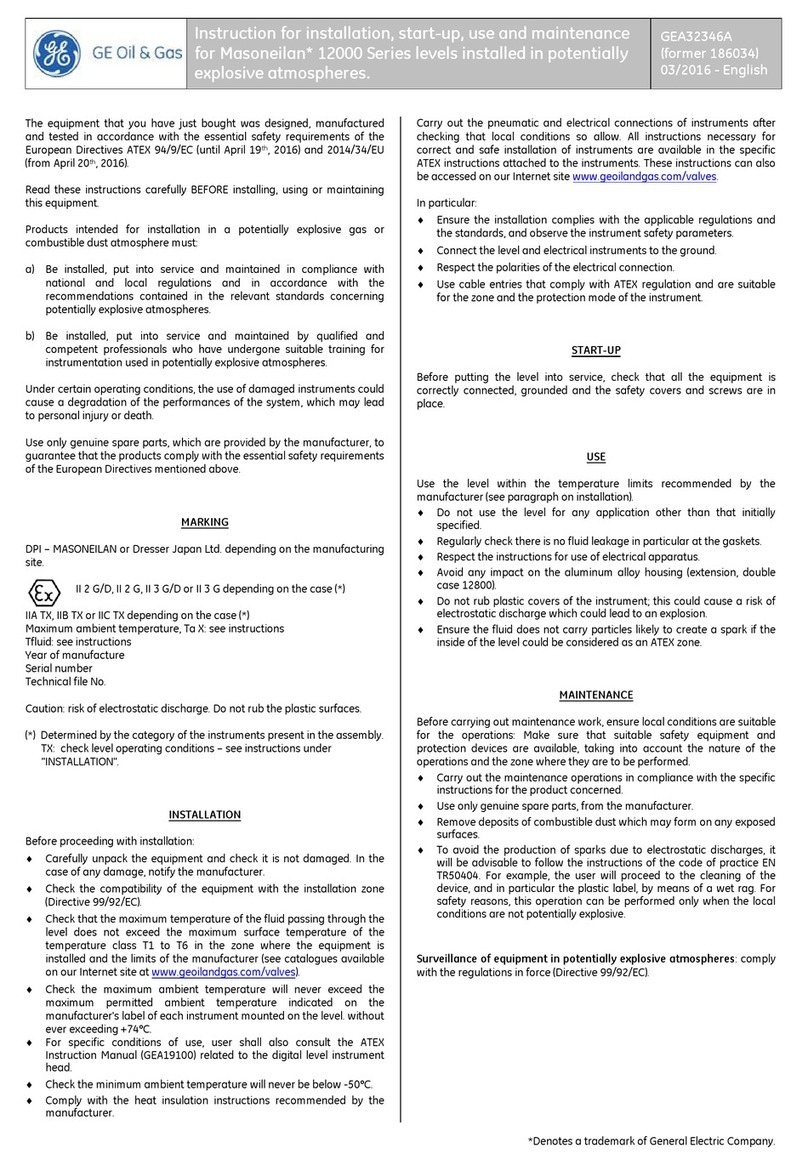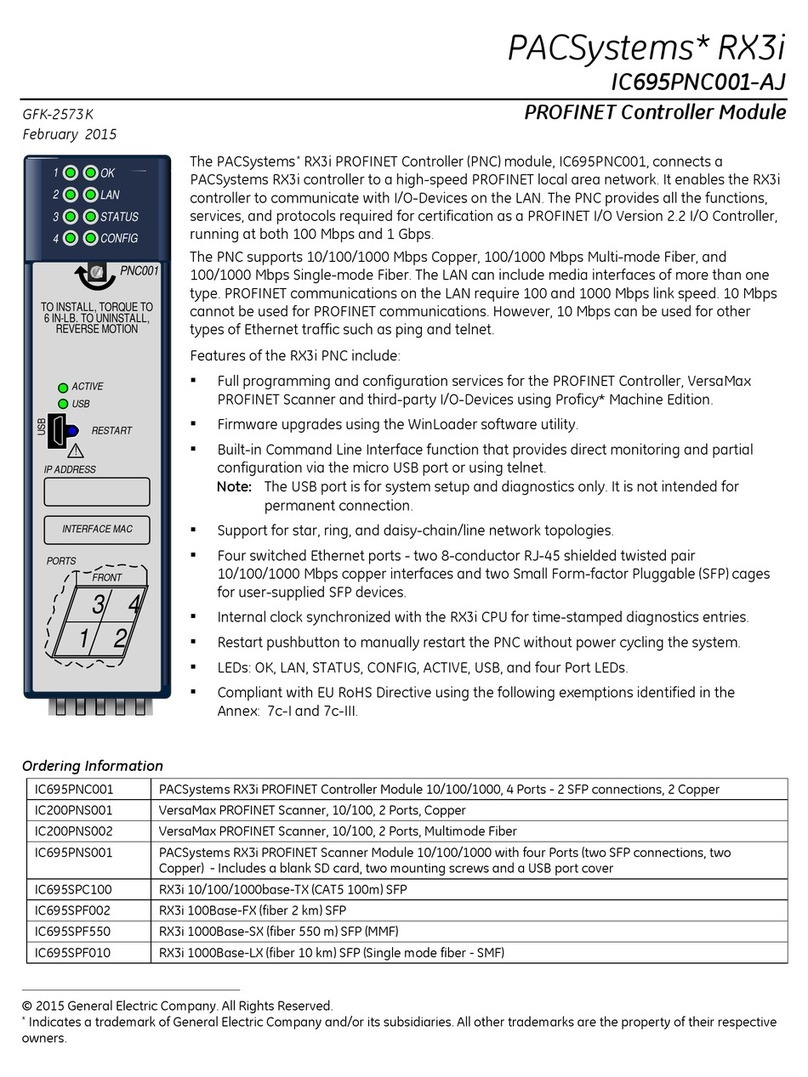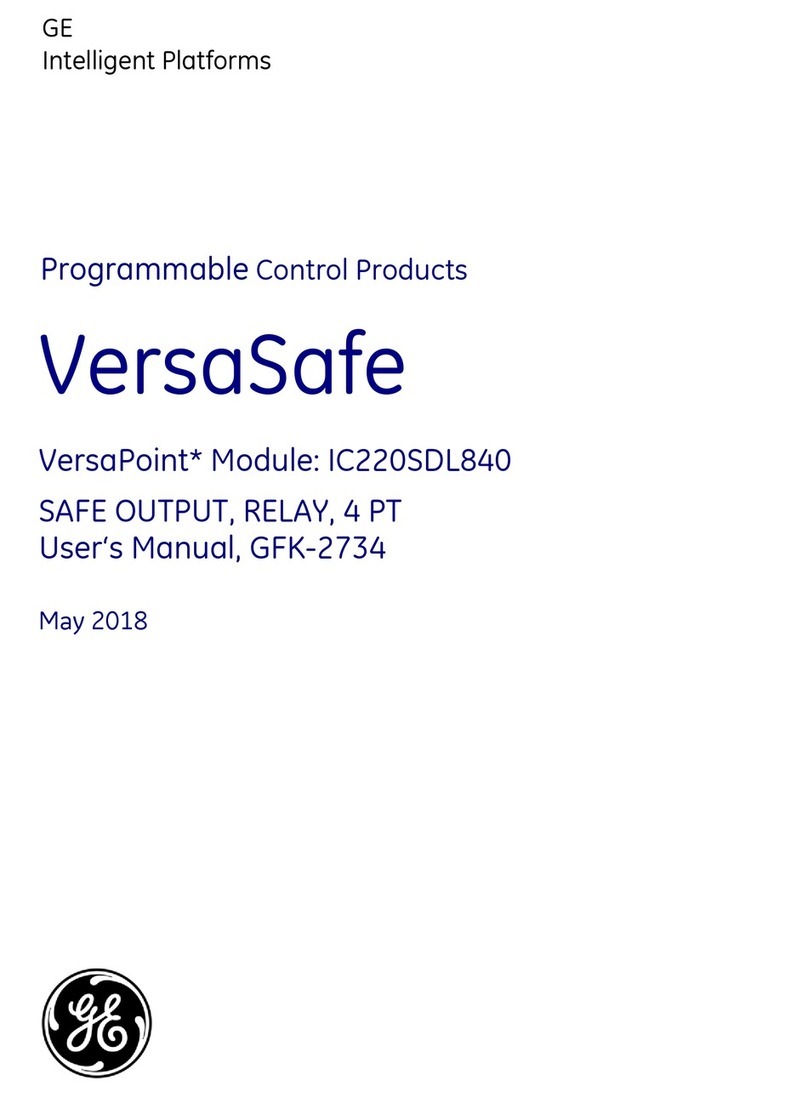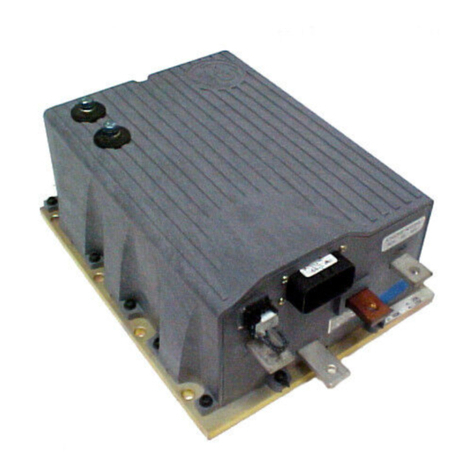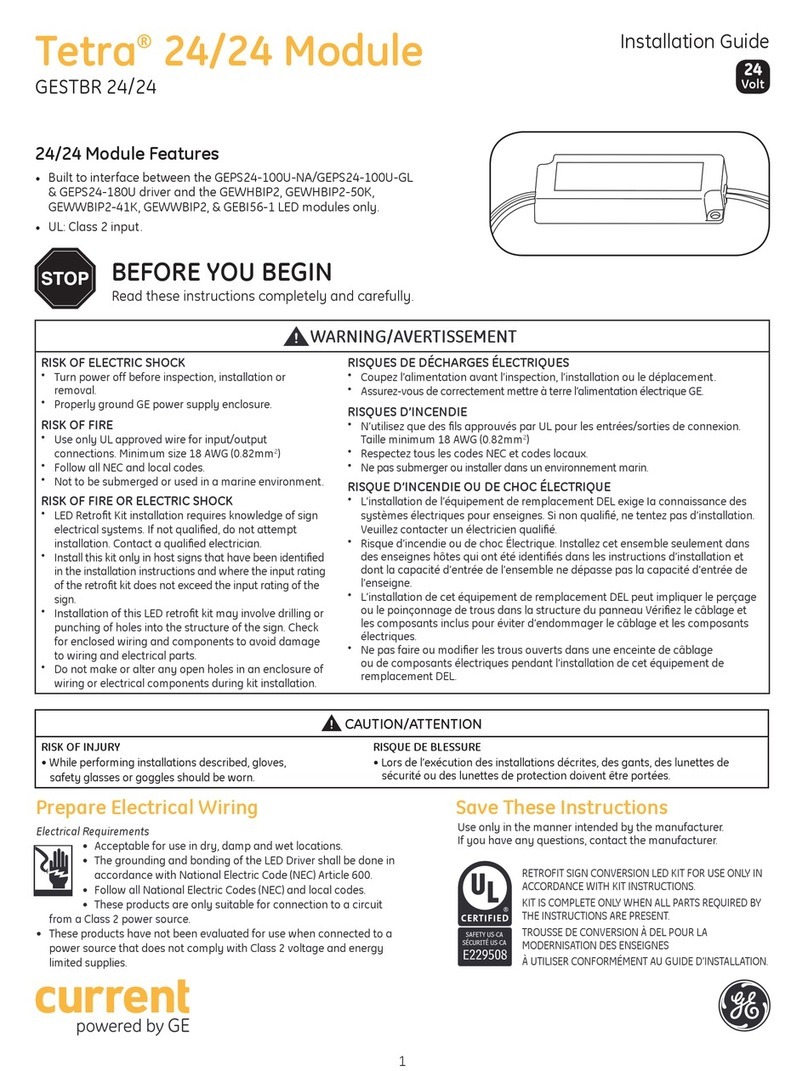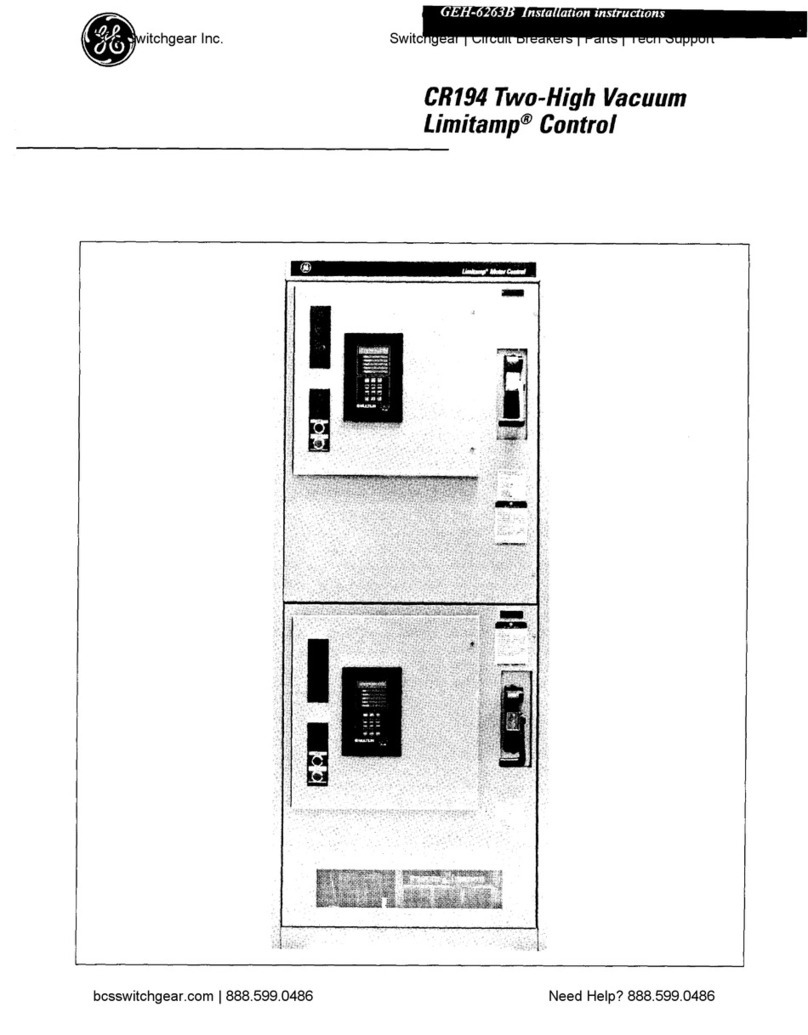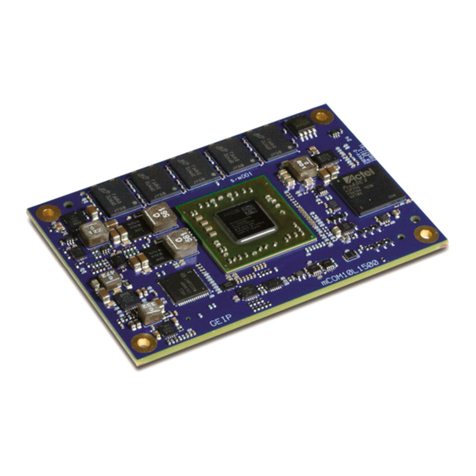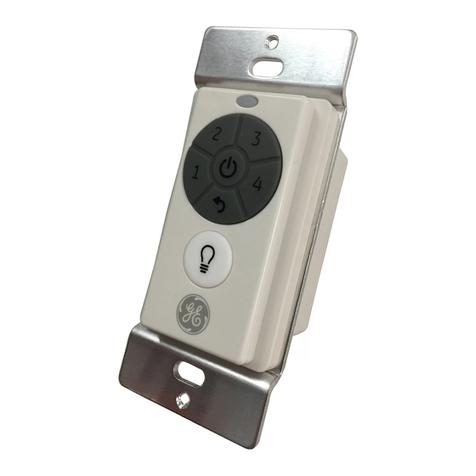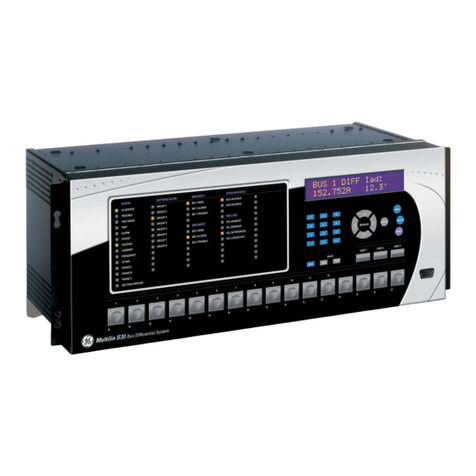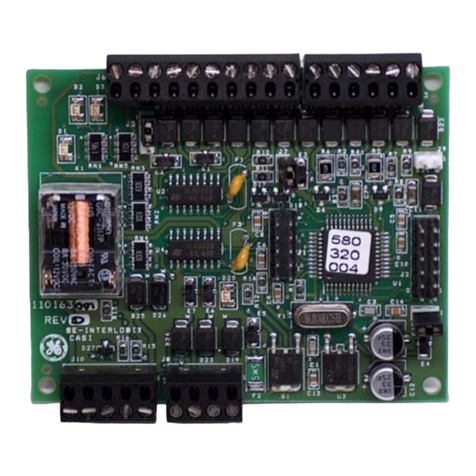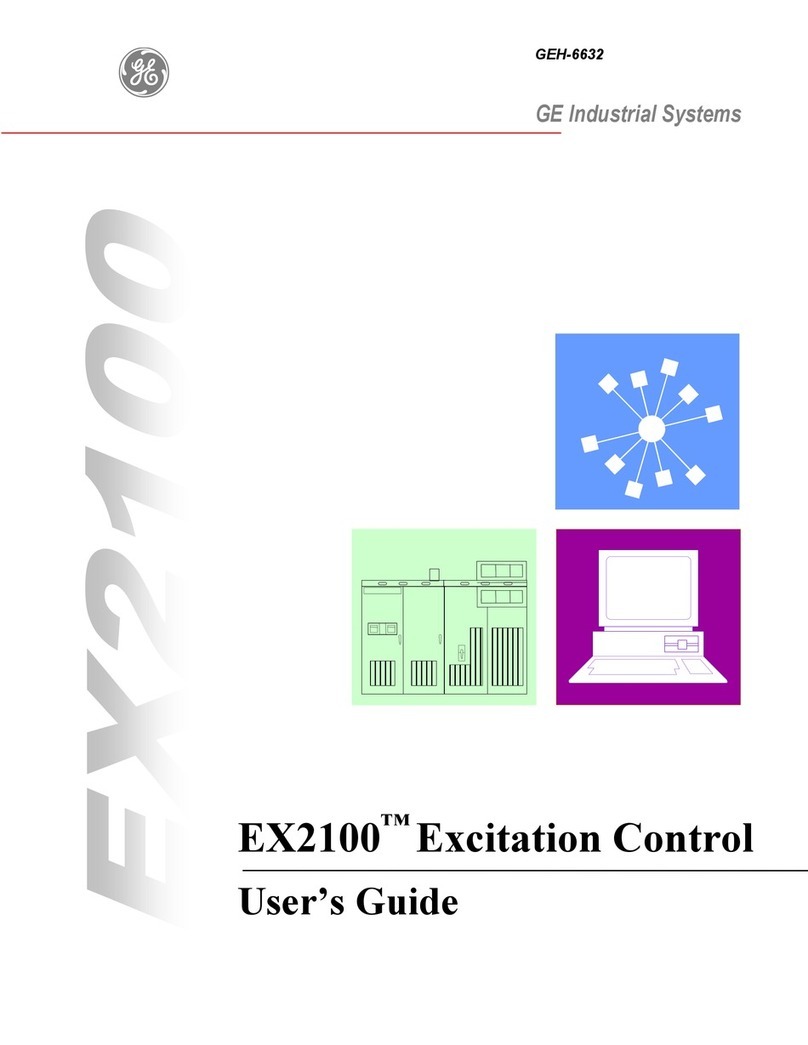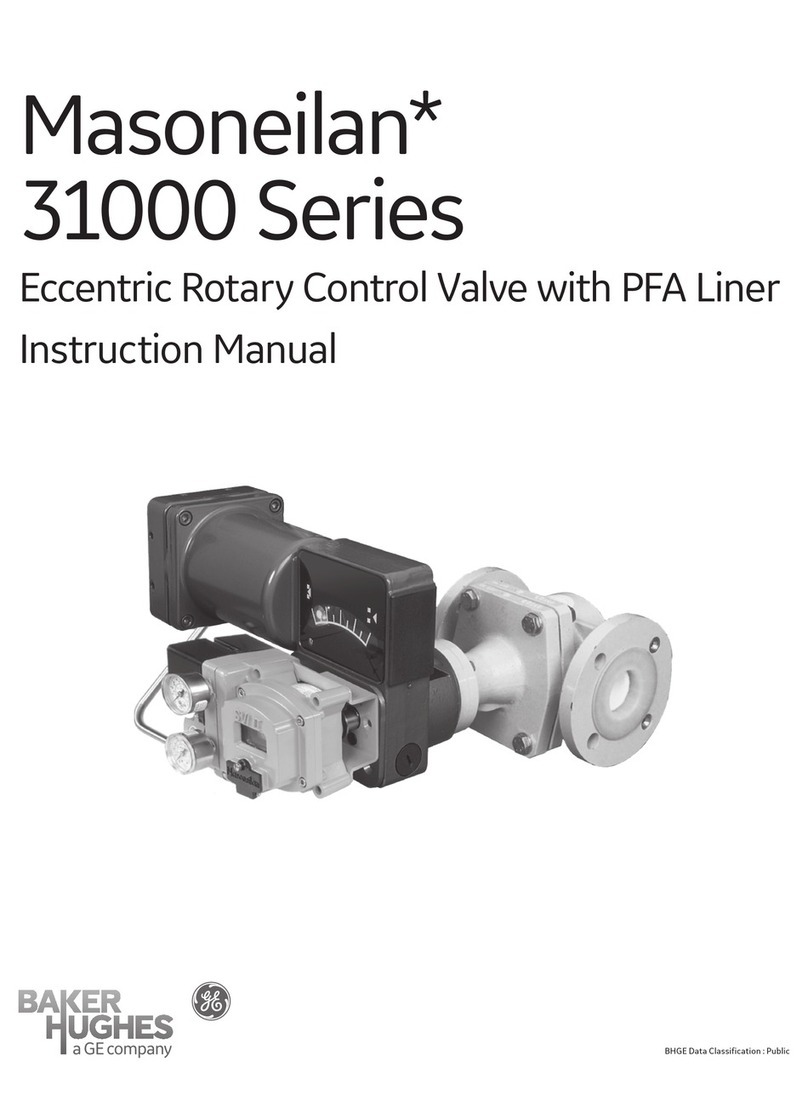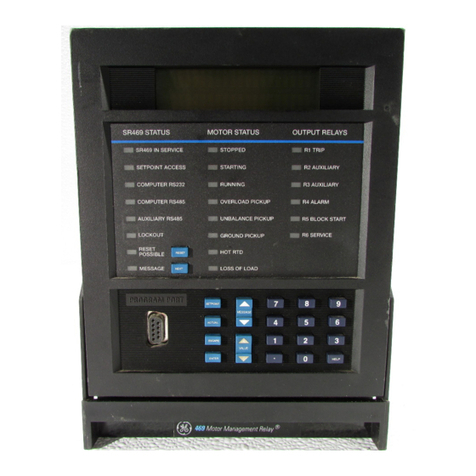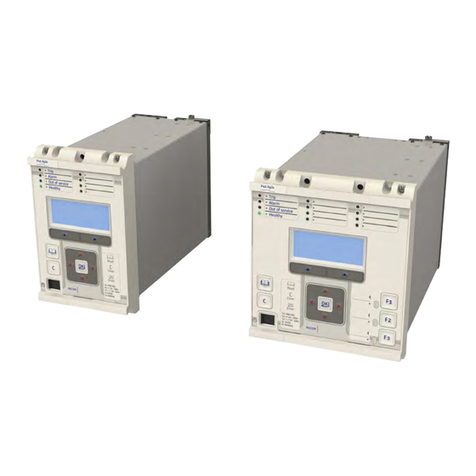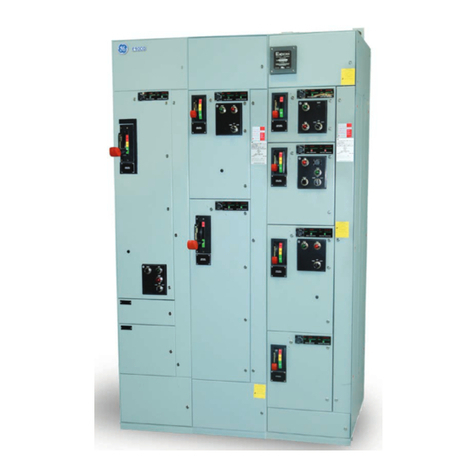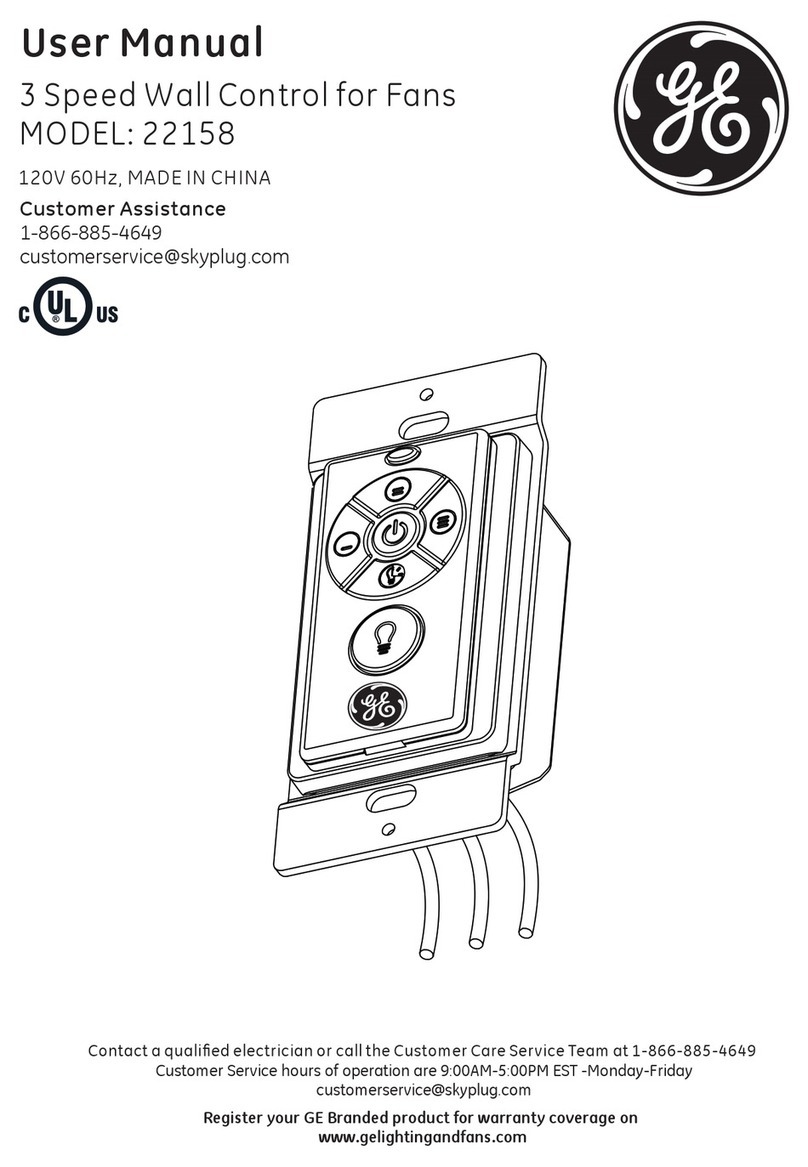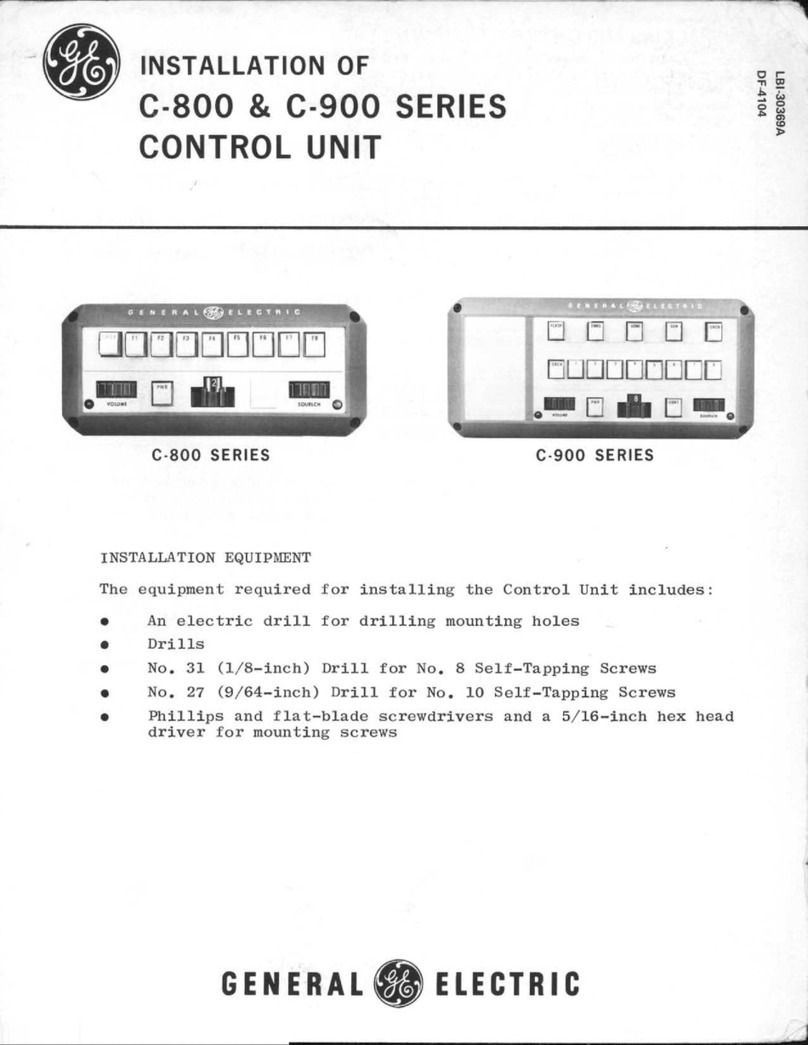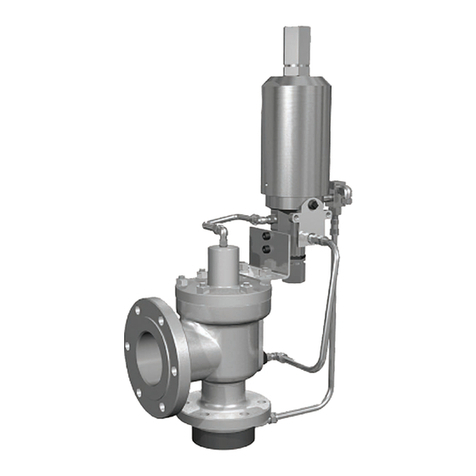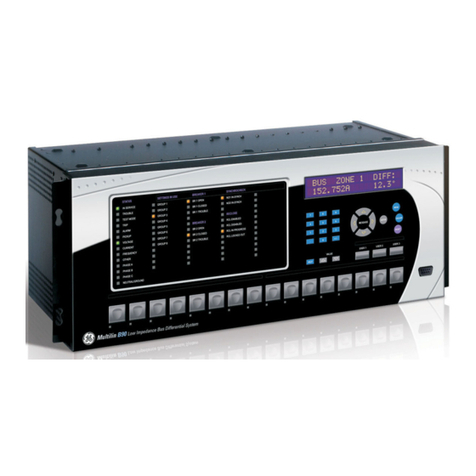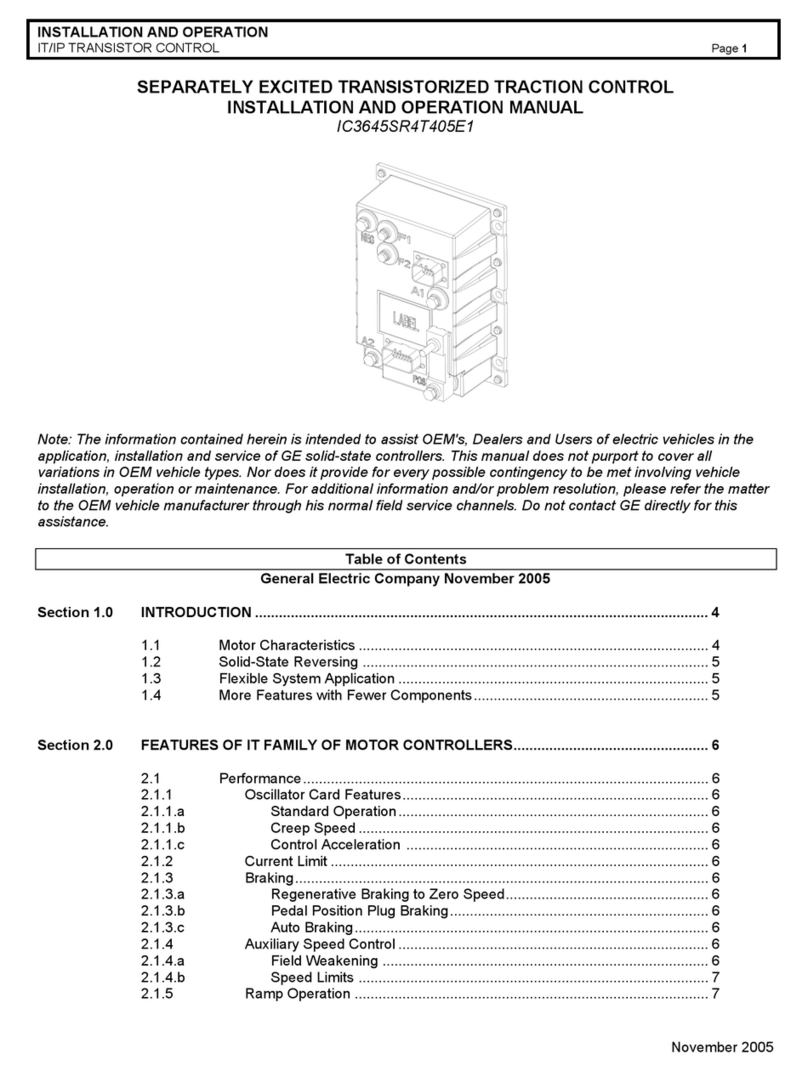
ii
MM3 Motor Manager 3 GE Power Management
TABLE OF CONTENTS
4. SETPOINTS 4.1 OVERVIEW
4.1.1 DESCRIPTION .......................................................................................... 4-1
4.1.2 SETPOINT MESSAGE ABBREVIATIONS ................................................ 4-1
4.1.3 SETPOINTS MESSAGE SUMMARY ........................................................4-2
4.2 S1 CONFIGURATION
4.2.1 DESCRIPTION .......................................................................................... 4-3
4.2.2 COMMUNICATIONS .................................................................................4-3
4.2.3 MOTOR IDENTIFICATION........................................................................ 4-4
4.2.4 STARTER.................................................................................................. 4-4
4.2.5 CT/VT INPUTS .......................................................................................... 4-6
4.2.6 THERMISTOR........................................................................................... 4-7
4.2.7 FAULT MODE............................................................................................ 4-7
4.2.8 STATISTICS .............................................................................................. 4-8
4.2.9 PROGRAMMABLE MESSAGE ................................................................. 4-8
4.2.10 PREFERENCES........................................................................................ 4-8
4.3 S2 PROTECTION
4.3.1 DESCRIPTION .......................................................................................... 4-9
4.3.2 MOTOR PROTECTION – THERMAL...................................................... 4-10
4.3.3 MOTOR PROTECTION – GROUND FAULT........................................... 4-11
4.3.4 MOTOR PROTECTION – OPTIONS....................................................... 4-13
4.3.5 LOAD PROTECTION...............................................................................4-15
4.3.6 UNDER/OVERVOLTAGE PROTECTION ............................................... 4-17
4.4 S3 PROCESS
4.4.1 DESCRIPTION ........................................................................................ 4-18
4.4.2 PROGRAMMABLE INPUTS.................................................................... 4-19
4.4.3 INTERLOCK NAMES...............................................................................4-23
4.4.4 STOP CONFIGURATION........................................................................ 4-24
4.4.5 ANALOG INPUT ...................................................................................... 4-24
4.4.6 PROCESS OPTIONS .............................................................................. 4-26
4.5 S4 CONTROL
4.5.1 DESCRIPTION ........................................................................................ 4-27
4.5.2 UNDERVOLTAGE AUTO RESTART ...................................................... 4-27
4.5.3 AUX 1/2 RELAY CONFIG........................................................................ 4-28
4.6 S5 MONITORING
4.6.1 DESCRIPTION ........................................................................................ 4-31
4.6.2 PLANT CONDITION ................................................................................ 4-31
4.6.3 PRESET COUNTERS AND TIMERS ...................................................... 4-32
4.7 S6 FACTORY DATA
4.7.1 DESCRIPTION ........................................................................................ 4-33
4.7.2 PRODUCT FIRMWARE IDENTIFICATION............................................. 4-33
4.7.3 PRODUCT MODEL IDENTIFICATION.................................................... 4-34
4.7.4 FACTORY SERVICE DATA ....................................................................4-34
4.8 MM3 STANDARD OVERLOAD CURVES
4.8.1 OVERLOAD CURVE TRIP TIMES ..........................................................4-35
4.9 NEMA COMPATIBLE OVERLOAD CURVES
4.9.1 NEMA CURVE TRIP TIMES....................................................................4-37
4.10 S7 TESTING
4.10.1 DESCRIPTION ........................................................................................ 4-39
4.10.2 TEST CONFIGURATION......................................................................... 4-39
4.10.3 TEST RELAYS AND LEDS...................................................................... 4-40
4.10.4 CURRENT SIMULATION ........................................................................ 4-41
4.10.5 ANALOG OUTPUT SIMULATION ........................................................... 4-42
4.10.6 ANALOG INPUT SIMULATION ............................................................... 4-43
